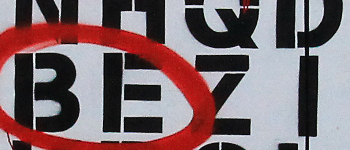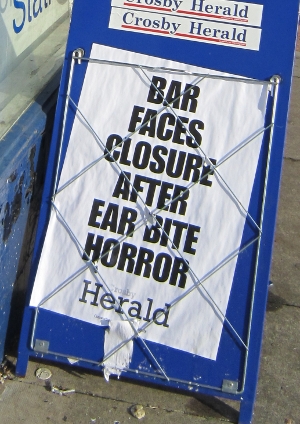Last week I admitted my tendency to let the zombie writer in me take over. Embarrassing really since I’m such a fan of locking up the inner editor during a first draft. </div>
So I’ve been trying out various combinations of control and abandon (which sounds like a party in a dungeon, but we’ll move on). I’ve applied these techniques to the pieces I’ve been submitting at workshop. I believe I’ve found an approach that lets me experiment, but keeps me sufficiently on topic that I produce something with approximately the right shape.
before embarking on a scene I answer a series of questions about it (freely adapted from ideas in The Scene Book by Sandra Scofield and Novel Shortcuts by Laura Whitcomb). With a couple of exceptions I don’t need to write anything down, but I find it helps at least to think about my answers in order to get a sense of the scene I want to write.
Scenario
What happens in the scene? Who are the characters? Who has the point of view?
Purpose
What purpose does it serve in the novel? Does it reveal story? Develop character? Increase tension? If I can’t answer this question, perhaps I should consider skipping the scene completely. On the other hand, if I’m attached to the scene anyway, perhaps I can find a purpose for it and marry it up with something the novel needs.
Need/desire
What do the characters want? What desires animate them, what unacknowledged needs drive them? Do these forces contradict one another? If there’s no desire threaded through the scene, however faintly, it’s probably not going to drive the story or the reader forward.
Apparent v real vector
I’ve noticed that many effective scenes seem to be about one thing, and turn out to be about another. This can be revealed by an unexpected outburst or turn of events. Or there could be a more subtle reveal. A character’s actions may be shown to be driven by a deeper, or darker, force than is first suggested.
I read a manuscript recently in which an accident was set up (and tension raised). A girl insisted upon riding a horse that was prone to uncontrollable fury. Her hubris led her to ignore repeated warnings. The author rendered a scene which focused on a fight between two bulls. Horsemen circled the fight, looking for a way to end it. The light was failing, and they did not have long to get their herd to pasture. The girl was among them, shouting too, and waving. It took a while for them to realize that, in fact, her mount had run out of control. She was thrown from the saddle. And the scene ended with her bleeding and unconscious on the rocky ground. A lovely bit of misdirection. The focus on the bulls fighting added a dimension of surprise to the girls inevitable fall.
Conflict/negotiation
There’s little drama if everyone gets what they want. How do the desires of the characters push them into conflict with one another. Is the conflict resolved? Is the resolution permanent? Maybe an accommodation will worsen conflict later on? Does one character prevail? If so, maybe a reversal is on the cards?
Tension
Tension drives a reader onwards. Conflict, and the threat of conflict, breed tension of course. But so do unanswered questions, and ignorance of danger. This latter is a staple of horror and crime stories. Perhaps the reader knows of a threat, but a character walks through some routine as the nemesis bears down upon him. Tension is heightened by the agonizing deferral of the inevitable, and by the character’s maddening ignorant refusal to save himself. And there’s tension in hope. Will the rescuers arrive? Will the lover finally say the right thing and save the girl from the wrong man? Don’t forget that there should be a pay off too. Maybe this is the scene in which the fight happens, the question is answered, or doom descends. If so, what’s the hook that pushes story onwards after that tension is resolved?
Pivotal moment
A scene has a shape. I find it helpful to think of the moment or image in the scene that sums it up. A thing happens. The thing that is the whole point. A girl is thrown from a horse, an insult goes unanswered, it stops raining. Everything in the scene builds up to that point, and flows away from it. If I’m aware of this moment, I can see how everything I write in the scene resonates with it. I can avoid some detours that I would only have to pull out later because they break the scene’s shape.
Beats
Break the scene down into its events. First this, then that. He says, she says. It’s a bit like a tennis match, only on the move. Action, reaction, new action. This section is the one I refer to as I work, since it provides the thread around which I can wrap my writing. The beats are informed by the questions I’ve considered up to this point, so they should be clean and focused. If I’m going to write down anything in response to these questions, it will be here, since this is my map.
10 minute free write
After all that preparation I’m certain to get stage fright. There’s too much at stake now. What if I can’t hit the points I’ve considered? What if my tension falls flat, or my characters won’t play ball? So I need to write with the stakes lowered. I find that the best way into the scene, then, is a free write. No rules. Inspired by the scene perhaps, but not part of it. It’s this session that sometimes reveals symbols and images that work pretty well for me.
And then I start.





